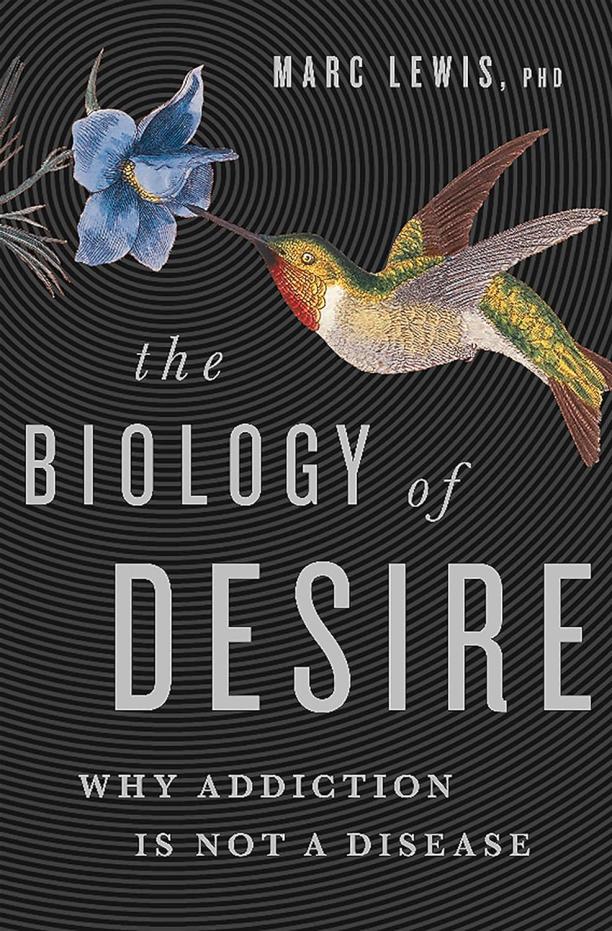Summary:
The book challenges the disease model of addiction, arguing that it is a habit formed through the brain's natural learning processes. It presents personal stories of addiction alongside neuroscientific insights to illustrate how desires become compulsions through changes in the brain's structure and function.
Key points:
1. Habitual Addiction: Lewis sees addiction as a habit, not a disease, challenging the traditional medical view.
Books similar to "The Biology of Desire":
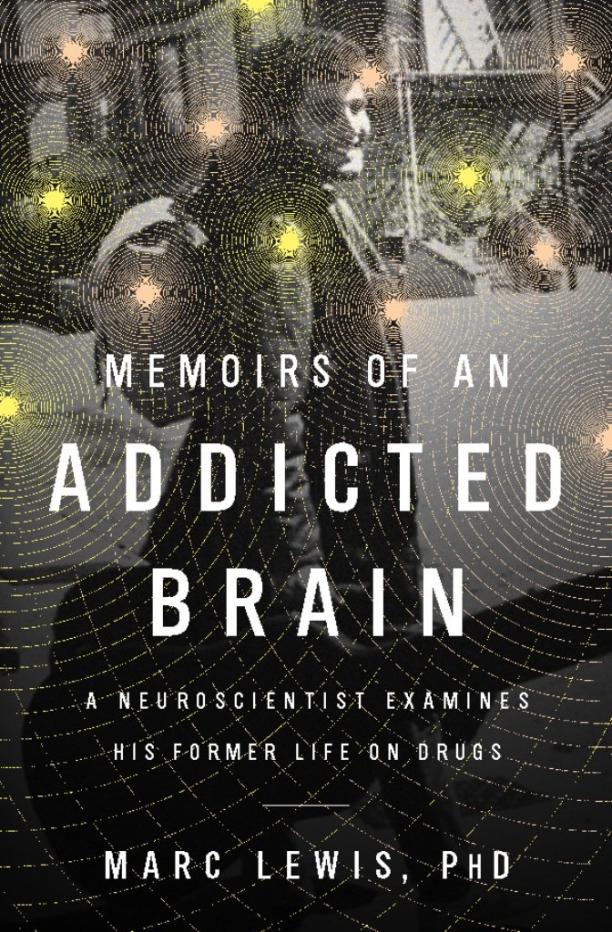
Memoirs of an Addicted Brain
Marc Lewis
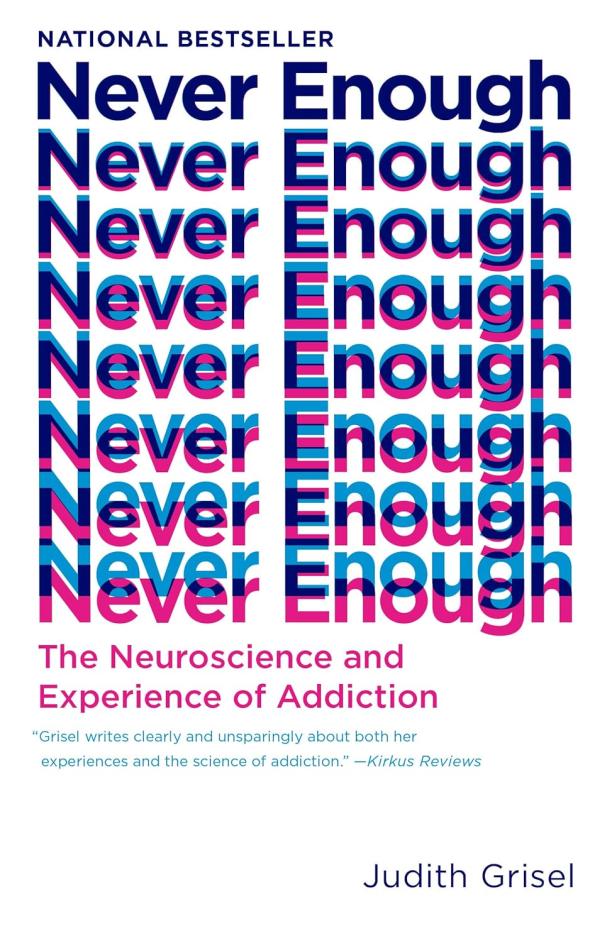
Never Enough
Judith Grisel
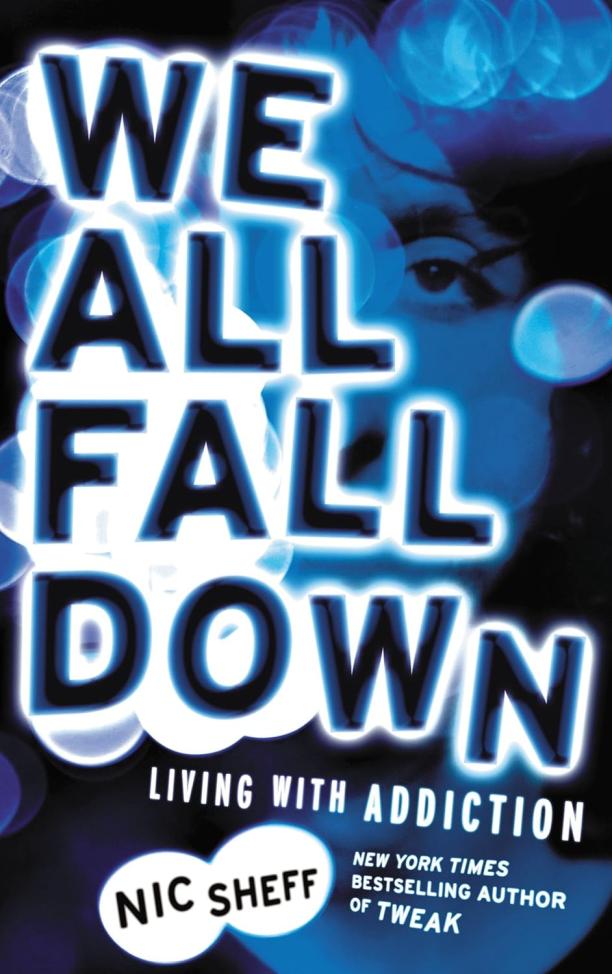
We All Fall Down
Nic Sheff
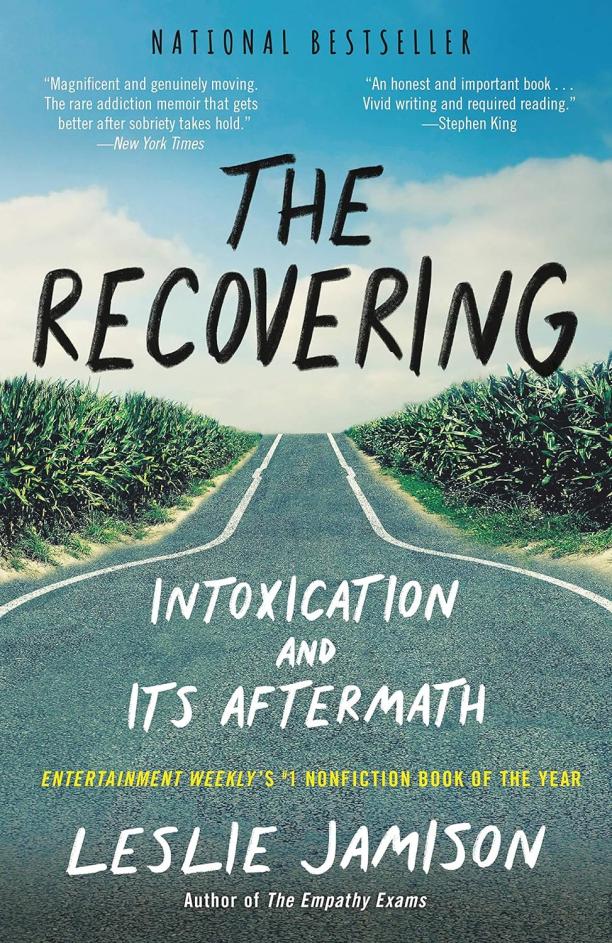
The Recovering
Leslie Jamison
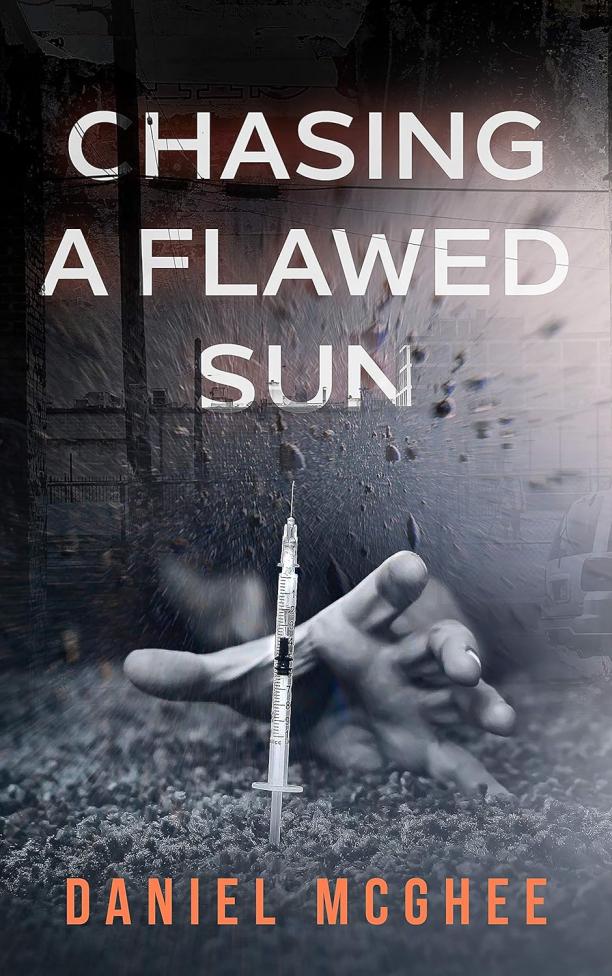
Chasing A Flawed Sun
Daniel McGhee
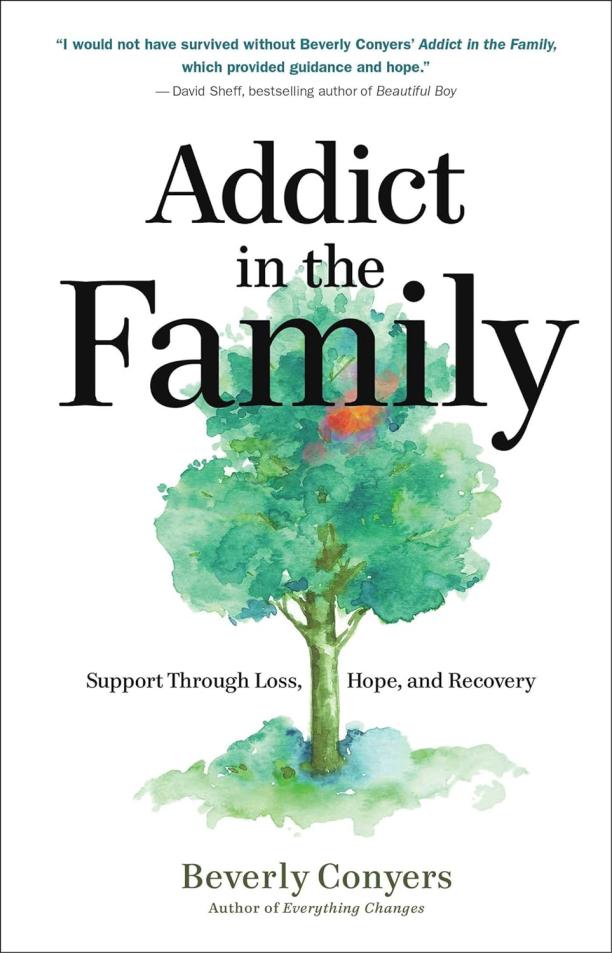
Addict in the Family
Beverly Conyers
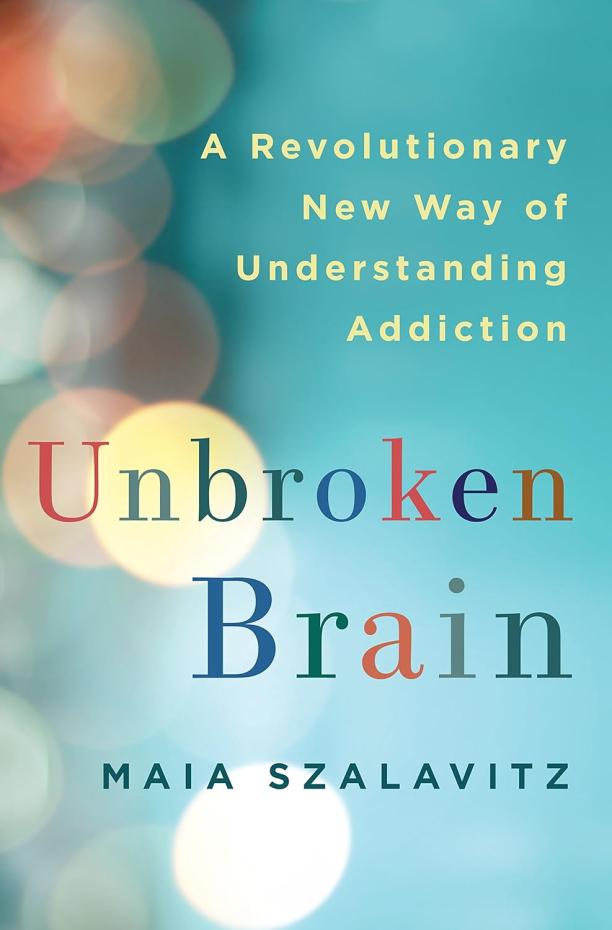
Unbroken Brain
Maia Szalavitz
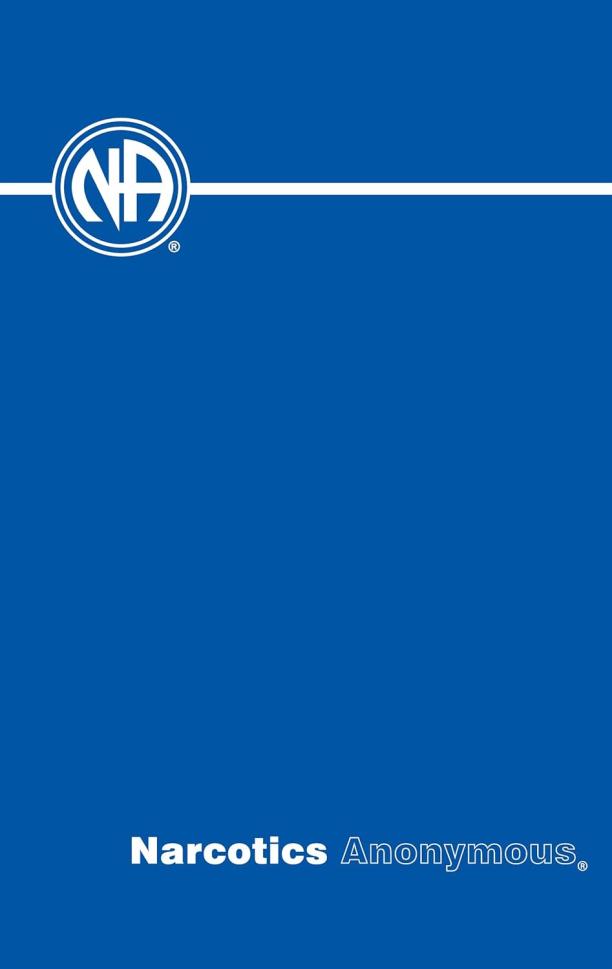
Narcotics Anonymous
Narcotics Anon
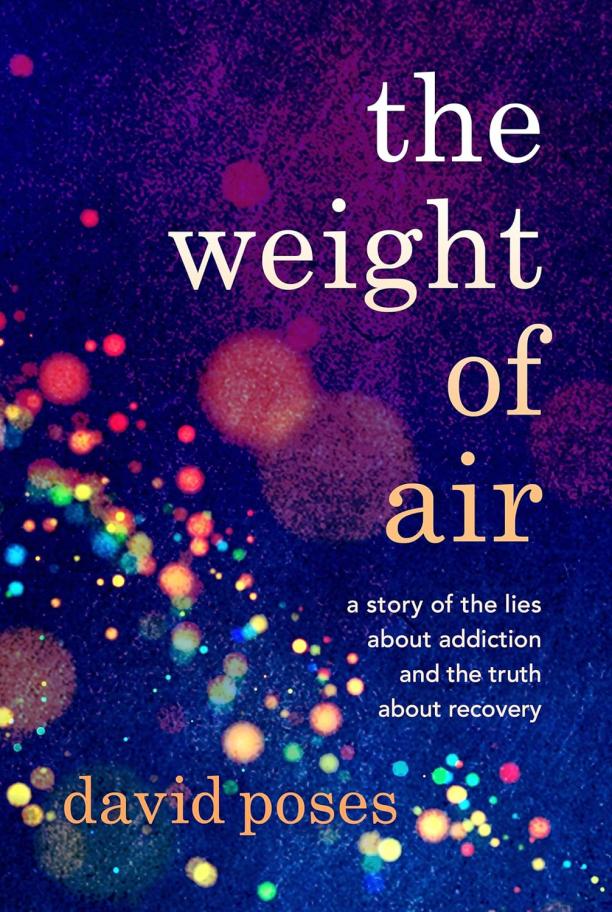
The Weight of Air
David Poses
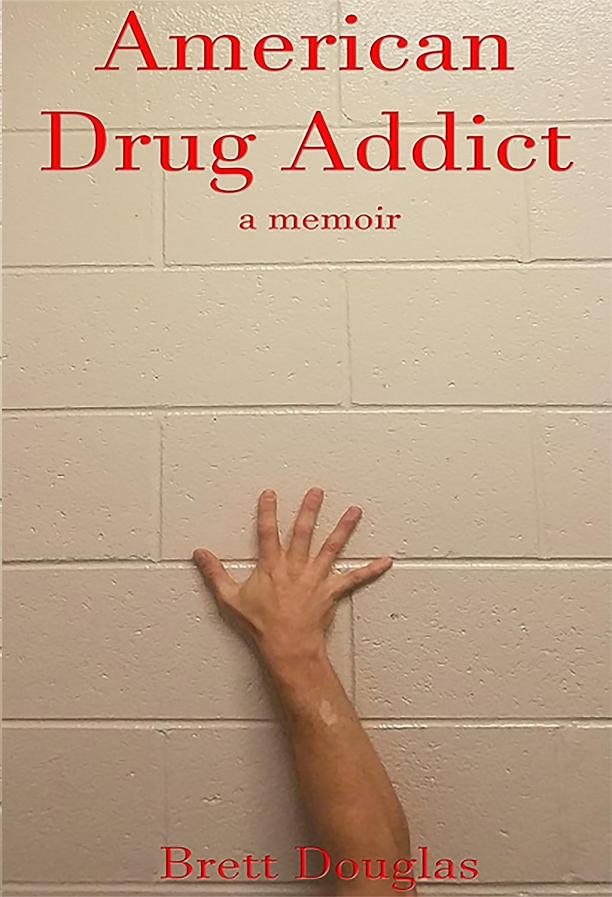
American Drug Addict
Brett Douglas
